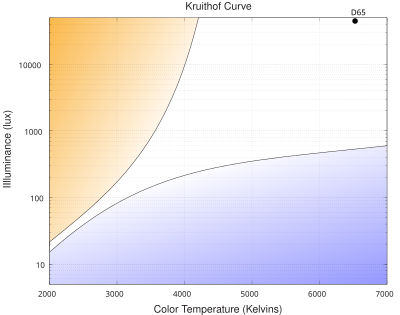BatteryCharger
Flashlight Enthusiast
I need more light in my garage. I spend too much time in there working with no windows under crappy fluorescent lighting. Currently I have three 4' shoplights in a 25x25 space.
I want to create the most realistic daylight possible. I was thinking I'd buy several more 4' fixtures and mount one about every five feet, maybe a few more.
What color temperature bulbs should I use to replicate real sunlight? I bought some Philips "Daylight Deluxe" bulbs, 6500k, but it's a blue-white color that looks nothing like daylight to me. My other fixture has Philips "Cool White" bulbs, 4100k, that seems more like natural light to me. There are of course other temperatures available. If I buy more fixtures, what bulbs should I use? Should I mix different colors together?
Or- would it help if I added some of those "natural light" incandescent bulbs they're selling now? Efficiency is not a concern, only what it takes to make real daylight.
I want to create the most realistic daylight possible. I was thinking I'd buy several more 4' fixtures and mount one about every five feet, maybe a few more.
What color temperature bulbs should I use to replicate real sunlight? I bought some Philips "Daylight Deluxe" bulbs, 6500k, but it's a blue-white color that looks nothing like daylight to me. My other fixture has Philips "Cool White" bulbs, 4100k, that seems more like natural light to me. There are of course other temperatures available. If I buy more fixtures, what bulbs should I use? Should I mix different colors together?
Or- would it help if I added some of those "natural light" incandescent bulbs they're selling now? Efficiency is not a concern, only what it takes to make real daylight.


